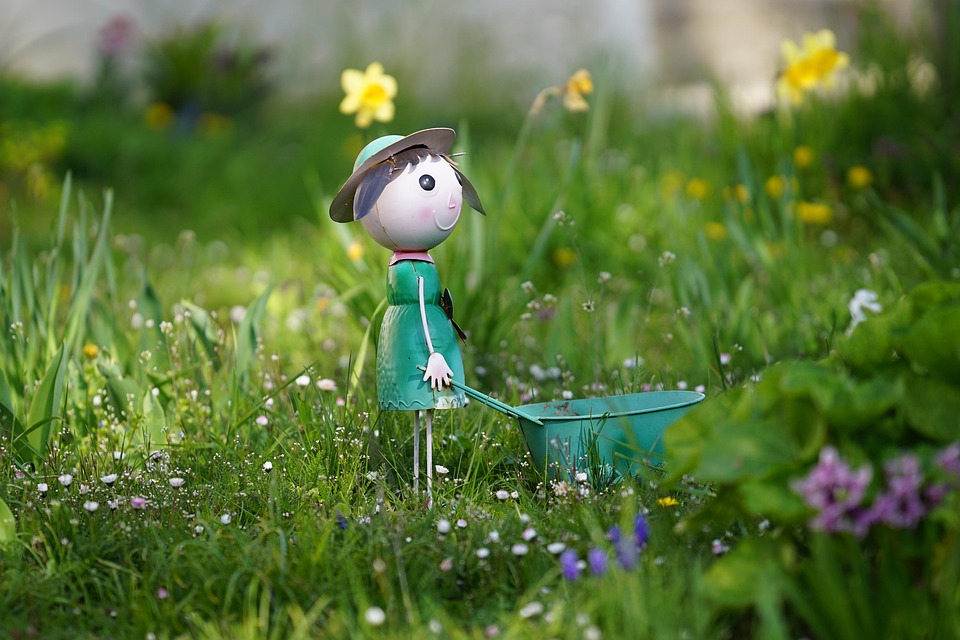Rooting Out Plant Diseases: Strategies for Prevention and Protection
Plant diseases can wreak havoc on gardens, crops, and landscapes, causing damage and loss of productivity. To mitigate the impact of plant diseases, it is essential to implement effective strategies for prevention and protection. In this article, we will discuss various methods to root out plant diseases and safeguard plants from potential threats.
Understanding Plant Diseases
Before delving into prevention and protection strategies, it is crucial to understand the nature of plant diseases. Plant diseases can be caused by various factors, including fungi, bacteria, viruses, and environmental stressors. Common symptoms of plant diseases include wilting, discoloration, stunted growth, and abnormal spots on leaves.
Prevention Strategies
1. Proper Plant Selection
Choosing disease-resistant plant varieties is the first line of defense against plant diseases. Research the best varieties for your region and climate to ensure optimal resistance to common pathogens.
2. Sanitation Practices
Implement strict sanitation practices in your garden or farm to prevent the spread of diseases. Remove and dispose of infected plant parts, clean tools and equipment regularly, and avoid working in wet conditions that promote disease development.
3. Proper Planting Techniques
Follow recommended planting techniques to promote healthy plant growth and reduce the risk of diseases. Plant at the correct depth, provide adequate spacing between plants, and avoid planting in areas prone to waterlogging.
Protection Strategies
1. Use of Fungicides and Pesticides
When necessary, use fungicides and pesticides to control plant diseases. Choose products that target specific pathogens and follow application instructions carefully to minimize environmental impact.
2. Crop Rotation
Rotate crops regularly to disrupt the life cycle of pathogens and reduce disease pressure. Avoid planting the same crop in the same location year after year to prevent the buildup of disease-causing organisms in the soil.
3. Mulching
Apply organic mulch around plants to suppress weeds, retain moisture, and regulate soil temperature. Mulch can also act as a physical barrier to prevent the spread of soil-borne diseases.
Integrated Pest Management
Integrated Pest Management (IPM) is a holistic approach to pest and disease control that combines various strategies to minimize reliance on chemical treatments. IPM involves monitoring pest populations, identifying beneficial organisms, and implementing cultural, biological, and mechanical control methods.
Common Questions About Plant Diseases
1. How can I identify plant diseases?
Plant diseases can be identified by observing symptoms such as discoloration, wilting, abnormal growth, and spots on leaves. Consult a local extension office or plant diagnostic laboratory for accurate diagnosis and treatment recommendations.
2. Are there natural remedies for plant diseases?
Yes, there are several natural remedies for plant diseases, including neem oil, garlic spray, and compost tea. These remedies can help control common diseases and promote overall plant health.
3. How can I prevent the spread of plant diseases?
To prevent the spread of plant diseases, practice good sanitation, avoid overcrowding plants, and quarantine infected plants. Regularly inspect plants for signs of disease and take proactive measures to limit their spread.
Conclusion
Plant diseases can pose a significant threat to gardens, crops, and landscapes, but with proper prevention and protection strategies, their impact can be minimized. By understanding the nature of plant diseases, implementing effective control measures, and staying vigilant, gardeners and farmers can root out plant diseases and ensure healthy plant growth.
Remember to stay informed about common plant diseases, consult experts for guidance, and take proactive steps to maintain plant health. With diligence and care, you can protect your plants from diseases and enjoy a thriving garden or farm.


















































